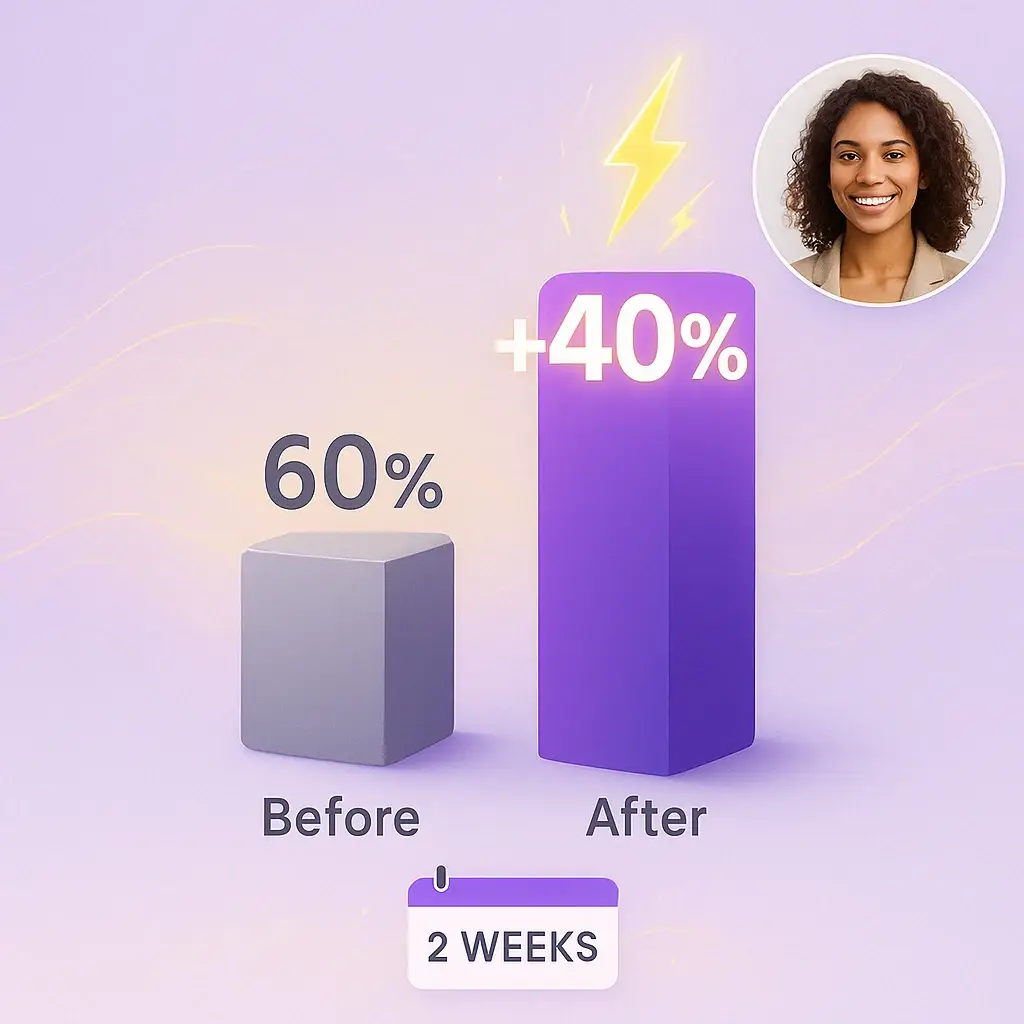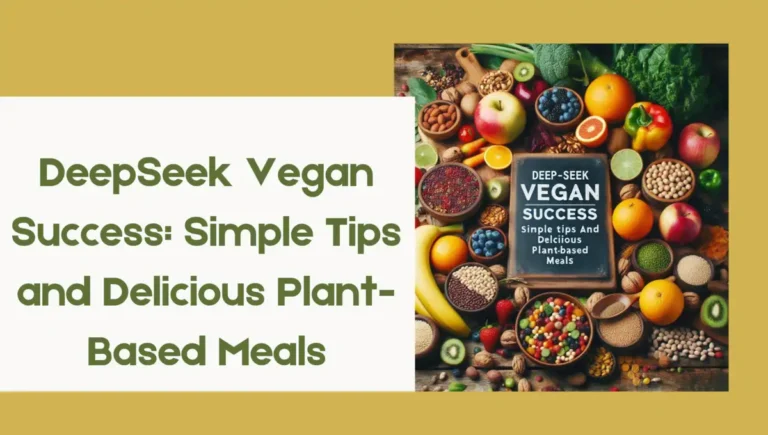Climate-Conscious Eating: How to Eat for Your Health AND the Planet
I used to think “eating for the planet” meant pricey superfoods and impossible rules. Then I looked closer at what was already on my plate—and realized the most powerful climate tool I own is my grocery list. Climate‑conscious eating isn’t a diet; it’s a mindset that asks a simple question at every meal: how can I nourish my body while easing my impact from seed to plate to bin?
Once I started building meals around plants, choosing what’s local and in season, and wasting less, everything shifted. My food tasted better, my budget calmed down, and my footprint shrank—without going all‑or‑nothing. This guide is the playbook I wish I had at the start: practical swaps (no perfection required), a quick seasonal cheat sheet, and small habits that add up—like planning leftovers on purpose and rescuing produce before it wilts.
If you want to eat in a way that supports your health and the Earth—without sacrificing flavor, culture, or convenience—you’re in the right place. Let’s make climate‑conscious eating feel doable, joyful, and delicious.

What is Climate-Conscious Eating
“climate-conscious eating” is a powerful, accessible solution that benefits both your personal health and the health of the planet simultaneously. This isn’t about adopting an extreme lifestyle or achieving dietary perfection. Instead, it’s about understanding what makes a “sustainable diet”, ‘eco-friendly diet’, or ‘low-carbon diet’, and making informed choices rooted in “conscious consumerism”and “mindful eating”.
In this comprehensive guide, you’ll discover why our food choices matter, the core principles of eating for both health and environmental sustainability, and practical steps to transform your relationship with food—one delicious, nourishing meal at a time.
Part 1: The “Why” – The Link Between Food and the Environment
The Environmental Impact of Our Food System
Before we dive into solutions, it’s essential to understand the problem. Our modern food system, while abundant, comes with significant environmental costs.
Carbon Footprint of Diet: The Greenhouse Gas Reality
Not all foods are created equal when it comes to climate impact. The “carbon footprint of diet” varies dramatically depending on what’s on your plate:
-Red meat (beef and lamb)- generates the highest emissions, producing approximately “60 kg of CO2-equivalent per kilogram” of meat. This is due to methane emissions from cattle, land clearing, and feed production.
-Poultry and pork: have moderate emissions at around “6-7 kg of CO2-equivalent per kilo gram.”
-Plant-based proteins: like lentils, beans, and tofu produce less than “2 kg of CO2-equivalent per kilogram”—sometimes as low as 0.9 kg.
Research published in ‘Science’ found that shifting from a typical Western diet to a “plant-based diet” could reduce an individual’s food-related carbon footprint by up to (73%).

Water Usage in Food Production: A Precious Resource
Agriculture accounts for roughly “70% of global freshwater use”. The disparity between food types is staggering:
– Producing 1 kg of beef requires approximately ‘15,000 liters of water’.
– 1 kg of lentils needs only about ‘1,250 liters’.
In an era of increasing water scarcity, these differences matter profoundly for “food security” and “environmental conservation”.
Deforestation and Biodiversity Loss
Agricultural expansion, particularly for livestock grazing and feed crops, is the leading cause of deforestation globally. The Amazon rainforest—often called the “lungs of the Earth”—loses millions of acres annually, primarily to create cattle pastures and soy plantations (much of which feeds livestock).
This habitat destruction threatens ‘biodiversity’, pushing countless species toward extinction and disrupting ecosystems that regulate our climate.
Food Miles and Transportation
While the distance food travels—known as “food miles”—contributes to emissions, it’s often less significant than the type of food itself. Still, ‘eating local’ and choosing ‘local and seasonal produce’ reduces transportation emissions, supports ‘local farmers’, and often means fresher, more nutritious food on your plate.
The Health Connection
A stressed planet directly impacts human health. Climate change intensifies extreme weather, disrupts food systems, spreads disease, and creates climate refugees. But there’s a beautiful symmetry here: the same dietary changes that benefit the planet also dramatically improve “personal health”.
Diets heavy in red meat and processed foods are linked to heart disease, certain cancers, and diabetes. Meanwhile, ‘plant-forward’ diets rich in vegetables, fruits, “whole foods”, and ‘plant-based proteins’ are associated with:
– Lower risk of cardiovascular disease
– Reduced inflammation (anti-inflammatory benefits)
– Better ‘gut health’
– Healthy weight management
– Increased longevity
This is the promise of climate-conscious eating: what’s good for Earth is good for you.

Part 2: The Core Principles of a Climate-Conscious Diet
The Golden Rule: Shift Towards a Plant-Forward or Plant-Based Diet
The single most impactful dietary change you can make is to “eat more plants”. You don’t necessarily need to become vegetarian or vegan (though those are excellent options). Instead, aim for a ‘plant-forward’ approach where vegetables, fruits, whole grains, nuts, seeds, and legumes form the foundation of your meals.
Health benefits include:-
– High fiber intake supporting digestive health
– Abundant vitamins, minerals, and antioxidants
– Natural ‘anti-inflammatory’ compounds
– Lower saturated fat and cholesterol
Environmental benefits include:-
-Dramatically lower ‘carbon footprint’
– Reduced ‘water usage in food production’
– Less land required, protecting forests and ‘biodiversity’
The Planetary Health Diet Explained
The “Planetary Health Diet”, developed by the EAT-Lancet Commission, provides a science-based framework for a “sustainable food guide” that can feed 10 billion people by 2050 without destroying the planet.
Key recommendations include:
– Doubling consumption of fruits, vegetables, legumes, and outstretched.
-Reducing by more than 50% consumption of red meat and sagar.
– Emphasizing whole food plant-based option.
– Allowing flexibility for cultural food tradition.
This isn’t a rigid prescription but a flexible template for “climate-friendly nutrition”.

Key Pillars of Sustainable Eating Habits
Principle 1: Prioritize Plants
Make plants the star of your plate:
Embrace plant-based proteins: Legumes, pulses, lentils, chickpeas, black beans, tofu, tempeh, and edamame are nutritious, affordable, and versatile.
– Fill half your plate with colorful vegetables and Fruits.
– Choose whole grains like quinoa, brown rice, oats, and whole Wheaton.
– Include healthy fats from nuts, seeds, and avocados
A simple mental shift: Think of your plate as “plant-based with additions” rather than “meat-centered with sides.”
Principle 2: Make Smart Protein Choices
You don’t have to eliminate animal products entirely. Instead, adopt a “flexitarian diet”—primarily plant-based with occasional meat or fish.
When you do eat animal products:
-Reduce red meat and dairy consumption significantly (treat them as occasional foods, not daily staples).
– Choose ‘sustainable seafood’ using guides from Monterey Bay Aquarium’s Seafood Watches.
– Opt for poultry or eggs, which have lower environmental impact than beef.
– When possible, choose pasture-raised or grass-fed options that support “regenerative farming”.

Think of meat as a condiment or side dish, not the centerpiece of every meal.
Principle 3: Embrace Local and Seasonal Eating
Seasonal eating means choosing produce at its peak harvest time in your region. Benefits include:
– Maximum freshness and flavor: Seasonal foods are picked ripe and travel shorter distance.
-Lower cost: Abundant supply means better prices.
-Reduced food miles: Supporting ‘local farmers’ and farmers’ markets cuts transportation emission.
-Connection to your foodshed: Understanding where and how your food grow.
To get started:
– Visit local farmers’ markets
– Join a Community Supported Agriculture (CSA) program
– Learn your region’s seasonal produce calendar
– Preserve summer abundance through freezing or canning
Principle 4: Minimize Food Waste
Approximately “one-third of all food produced globally is wasted”, and when it decomposes in landfills, it generates methane—a potent greenhouse gas.
Reducing food waste is climate action:
-Meal planning to reduce waste: Plan weekly menus before stopping.
– Store food properly to extend fresh ness.
– Get creative with left overs.
– Start ‘composting’ food scraps to create nutrient-rich soil instead of landfill me than.
– Buy “imperfect produce”: Cosmetically flawed but perfectly nutritious fruits and vegetables that might otherwise be discarded.
– Practice FIFO (First In, First Out) in your fridge and pantry.
– Understand “best by” vs. “use by” dates—many foods are safe well beyond these dates.

Principle 5: Consider the Source and Packaging
How food is grown matters enormously:
-’Sustainable agriculture’ practices minimize chemical inputs, protect soil health, and work with natural ecosystem.
– ‘Regenerative farming’ goes further, actively improving soil carbon sequestration, water retention, and biodiversity.
– Organic food choices eliminate synthetic pesticides and fertilizers, though they’re not always more sustainable in every metrics.
Packaging considerations for your “zero-waste kitchen”:
– Choose bulk bins when available
– Bring reusable bags and containers
– Avoid single-use plastics
– Choose minimally packaged whole foods over heavily processed options
– Support companies with sustainable packaging commitments.
Part 3: A Practical Guide to Getting Started (The “How”)
Knowledge is power, but action creates change. Here’s how to translate principles into practice.
Step 1: Conduct a Personal Food Audit
Spend a week tracking what you currently eat. Ask yourself:
– How many servings of plants do I eat daily?
– How often do I eat red meat?- How much food do I waste?
– Where does my food come from?
Several apps can help calculate your “carbon footprint of diet”, offering personalized insights and motivation.
Step 2: Start with Small, Sustainable Swaps
Sustainable change happens incrementally. Try these approachable swaps:
– “Meatless Monday”: Commit to one fully ‘plant-based’ day per Week.
-Swap beef for plant-based proteins: Replace ground beef with lentils in tacos, chili, or Cologne se.
-Choose smaller portions of meat: Instead of an 8-oz steak, have 3-4 oz alongside abundant Vegetables.
-Switch one dairy milk to plant-based: Try oat, almond, or soy milk in your coffee.
– Pack your lunch: Reduces food waste and gives you control over Ingredients .

Step 3: Shop and Cook Mindfully
Transform your grocery routine:
-Shop the perimeter: Fresh produce, grains, and proteins live here.
-Make a list: Based on your ‘meal planning’ to reduce impulse purchases and waste.
-Buy in bulk: ‘Legumes and pulses’, grains, nuts, and seeds are affordable and have a long shelf life.
-Read labels: Choose products with minimal, recognizable Ingredients.
-Support farmers’ markets: For ‘local and seasonal produce’.
cooking tips for a planet-friendly diet:
-Batch cook: Prepare grains, beans, and chopped vegetables in advance.
-Embrace one-pot meals: Minimize cleanup and energy use.
– Use the whole vegetable: Broccoli stems, beet greens, and vegetable scraps all have culinary values.
-Experiment with global cuisines: Indian, Mediterranean, Middle Eastern, and many Asian cuisines have centuries-old ‘plant-based’ tradition.
Step 4: Rethink Your Plate Proportions
Use this visual guide:
– ½ plate: Vegetables and fruits (the more colorful, the better)
– ¼ plate: Whole grains (brown rice, quinoa, whole wheat pasta)
– ¼ plate: Protein (plant-based proteins like beans, lentils, tofu, or small portions of fish/poultry)
– Add healthy fats: olive oil, nuts, seeds, avocados.
This approach aligns with both the ‘Planetary Health Diet’ and ‘nutritious eating for the planet’ recommendations.
Part 4: Addressing Common Challenges & Questions
Is a Climate-Friendly Diet More Expensive?
This is one of the most common concerns, and the answer is nuanced: it can be, but it doesn’t have to be.
Budget-friendly strategies:
-Plant-based proteins are affordable: Dried beans and lentils cost pennies per serving compared to meat.
-Buy in bulk: Grains, legumes, nuts, and seeds.
-Cook at home: Meal prep is dramatically cheaper than eating out.
-Embrace imperfect produce: Often sold at discount.
– Buy frozen: Frozen vegetables and fruits are nutritious, affordable, and reduce waste.
– Eat seasonally: Abundant seasonal produce costs less.
-Reduce food waste: Wasting less means buying less.
Studies show that “plant-based diets” can reduce grocery bills by up to 30% compared to meat-heavy diets.
What About Protein and Nutrition?
“Where do you get your protein?” is perhaps the most common question for plant-forward eaters.
The truth: It’s easy to meet protein needs through ‘plant-based proteins’:
– Lentils: 18g protein per cooked cup
– Chickpeas: 15g per cooked cup
– Tofu: 20g per cup
– Quinoa: 8g per cooked cup (plus it’s a complete protein)
– Tempeh: 31g per cup
– Edamame: 17g per cup
Nutritious eating for the planet means:
-Variety is key: Different plants provide different amino acids, vitamins, and minerals.
– Include B12: If fully plant-based, supplement with B12 (or consume fortified foods)
– Don’t forget iron and calcium: Leafy greens, fortified plant milks, tofu, and legumes provide these.
-Omega-3s: Flaxseeds, chia seeds, walnuts, and algae-based supplements.
Many “whole food plant-based” eaters report increased energy, better digestion, and improved health markers.
How to Handle Social Situations and Cravings?
“Climate-conscious eating” shouldn’t isolate you socially or feel like deprivation.
Practical tips:
-Be flexible: The goal is progress, not perfection. An occasional burger won’t undo your positive impact.
-Communicate your values: Friends and family are often supportive when they understand your “why”.
-Contribute dishes: Bring a Deliciousplant-based option to gatherings.
-Find your vibes : Connect with others who share your values.
-Honor cravings mindfully: If you crave meat, have a small, high-quality portion and savor it.
The “flexitarian diet” acknowledges that sustainability is a spectrum. Even reducing meat consumption by 50% creates significant positive impact.
Conclusion: Your Fork is a Tool for Change
We’ve covered a lot of ground, so let’s bring it back to the essential truth:
“climate-conscious eating” creates a powerful win-win for your ‘personal health’ and the planet.
By shifting toward a plant-forward, sustainable diet, you can:
– Improve personal health: Reduce disease risk, increase energy, support ‘gut health’, and potentially extend your lifespan.
– Combat climate change: Dramatically lower your ‘carbon footprint’ and ‘water usage.’
– Protect biodiversity: Reduce pressure on forests and ecosystems.
-Support sustainable agriculture: Vote with your dollar for regenerative farming and ethical food consumption.
– Contribute to food security: Make the global food system more resilient.
This is about more than individual choices—it’s about collective transformation. It’s about “environmental conservation” and recognizing that every planet-friendly food choice you make matters.
You don’t need to overhaul your entire life overnight. This is a journey of mindful eating and conscious consumerism. The beauty of a “sustainable food guide” is that it’s flexible, culturally adaptable, and focused on addition (more plants!) rather than only restriction.





